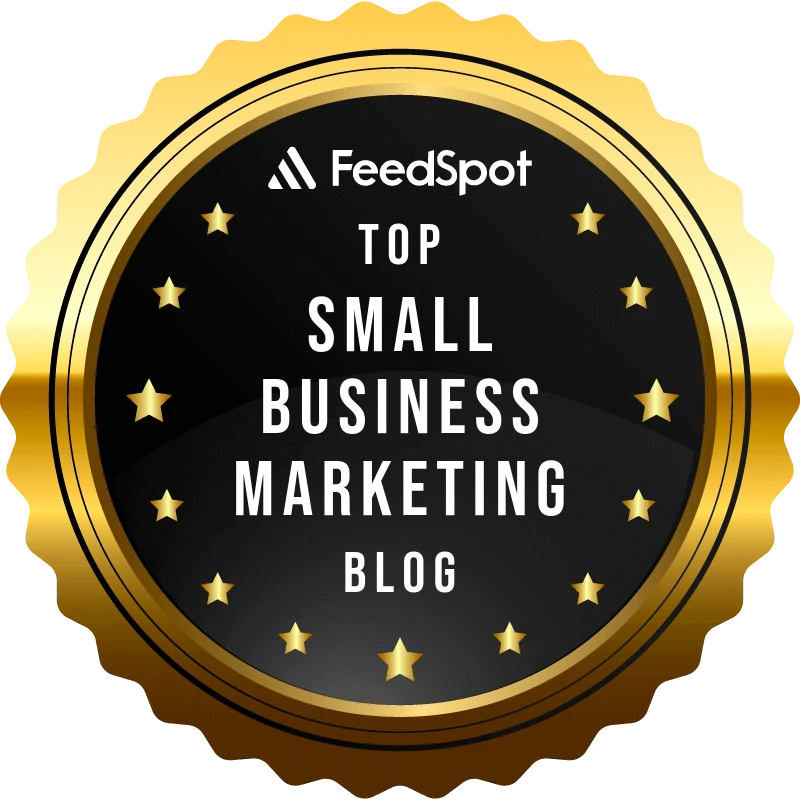
Best AI Tools (And Best Practices) to Optimize Your Online Marketing Efforts
You don’t have to do it alone. Artificial Intelligence (AI) tools can complement and enhance your current digital marketing efforts, helping you to provide greater value for your customers and clients while effectively scaling your business.
AI and related technology (like machine learning and natural language processing) can optimize your business processes, facilitate high-volume content creation, and help you scale your business more effectively.
AI can be used in three ways:
- Generative: to generate new content (text, images, videos)
- Analytical: to analyze and summarise past performance
Predictive: to predict future performance based on past performance and other custom variables.
In this article, we’ll explore use cases and examples of using AI in digital marketing.
Pros and cons of using AI tools for business
There has been talk among business owners about the ethics and efficacy of using AI in their marketing. We believe that, like any new tech, it can have tremendous value to your business if it’s used ethically and transparently to improve your business and customer service.
AI is not about shortcuts. It’s about optimizing your business and marketing strategies to be consistent and drive positive results.
Benefits of AI
- Can automate repetitive tasks
- Supports kicking off brainstorming and idea generation
- It helps you increase efficiency in content output
- Supports analytics and predictive analytics
Drawbacks (cautions) of AI
- Some tools lack human connection
- Some tools generate inaccurate content
- Still requires a human review of generated results to confirm their accuracy
- Often require detailed data sources to increase effectiveness and customisation for your brand
Best AI tools to optimize your marketing
Every year, more and more AI tools launch, but how do you choose the best ones for your business? Look for tools that offer a free trial (so you can see if they fit your needs before committing to a subscription), or ask your business colleagues what tools they recommend.
To help you get started, here are several uses of AI and our recommended tools:
AI generation (text)
Artificial intelligence can generate text for blogs, website text, newsletters, social media and more based on your prompts.
One of the most well-known AI text generators is Chat GPT. Through the Chat GPT platform, you can generate short- and long-form content for all your marketing or business needs. To generate content, you give the AI text prompts, and it will generate text based on these instructions.
For example, if you wanted to generate a social media post to announce the opening of your new store, you might write:
Write an engaging 300-character social media post to announce the new “Our Salon” location opening on Dec 4, 2024, at 3 pm. The post should generate excitement and encourage people to come by for 50% off all services on opening day.
Text generation tools can also create outlines for documents, reports or even blog posts. Here’s a sample prompt to generate articles or documents:
Write an outline for a 1000-word blog post with 5 best practices for [topic or niche]. Include 3 bullet point details for each best practice.
Write an outline for a cold-call email message to an eco-friendly textile company to propose a social media collaboration project.
Note of caution: AI is not perfect at personalising generated content and can often sound robotic or off-brand. Always review AI-generated text and add personalisation, branding, and storytelling specific to your personality and business.
Other helpful text-generation tools that use AI include:
- Perplexity Pro (this is our team’s go-to tool for supporting content needs)
- Jasper.ai
- Copy.ai
Get more tips for using Chat GPT on the Out-Smarts Blog.
AI image generators
AI-generated images can complement your existing original graphics and photography. You can use them to create illustrations for social media or blog posts, iconography for your website, product images, and more.
AI image generators work similarly to text generators and use prompts to generate images in any style you want. In addition to the text prompt, AI text generators ask you to specify the styles of image (usually through a dropdown selection) and sometimes the number of images you want generated.
Here are two examples prompt to use in an AI image generator:
Generate an image of a flat-lay of a camping picnic table with a striped tablecloth, a camping coffee mug, s’mores on a plate, and spilled trail mix.
Generate a watercolour-style image of a hiker on a sunny, cloudless day. He’s hiking on a heavily forested trail carrying a bright orange backpack.
Other AI image generation tools include:
AI for text editing
AI can be used for text editing and improving the quality of your writing. Grammarly is one of the most popular text editing programs that uses AI and has both free and paid versions.
Grammarly combines the power of a spell checker with AI-generated recommendations to improve sentence structure and flow to make your content easier to read. Grammarly uses AI to provide:
- Document summaries
- Full paragraph writing
- Brainstorming
- Spelling and grammar checks
- Paraphrasing suggestions
- Plagiarism checks
Other tools that use AI to help improve your writing include:
AI video generators
Videos are an effective marketing tool for your business, but can be expensive to create. If you don’t have the budget for a big video production company, you can use AI to help create professional-looking videos for social media and your digital marketing.
Generative AI video generators take your prompts or script and generate a video in your preferred style. This may include explainer videos with diagrams and graphics or an avatar of a team member speaking your script.
Here are a few video generation software that use AI to create engaging videos for your business:
AI for past and predictive analytics
AI tools can take your past data (such as digital campaign performance), industry baselines, and various other public and proprietary data sources to summarise past performance or predict future results.
For example, AI programs can take the results from your last Facebook Ads campaign, compare them to your sales and other variables, and summarise campaign performance so you can measure your ROI. They can also be used to suggest what changes to make next time and how that is predicted to change your future results.
Here are some tools that include AI features for analytics:
AI for brainstorming content ideas
You can also use an AI tool like Chat GPT to generate content ideas for your blogs or social media. It’s a great way to kick-start your brainstorming with a few ideas generated by a sophisticated AI database. Try these prompts (and customise them for your business):
Write 10 engaging blog title ideas for [your niche or specific topic here].
Write one month’s worth of daily social media ideas and topics for my [your niche or specialty here].
You can also use AI to brainstorm potential SEO keyword phrases for your SEO strategy or to inspire upcoming blog posts.
Note of caution: As always, with AI tools, vet all suggestions and content ideas before using them to ensure they align with your business goals and brand. Re-write and customise them to make them your own.
The future of AI for business
AI is a powerful tool for business success. The applications of AI in business have grown in recent years, and we expect to see new uses of this powerful tech in the coming years. We’re excited to see advancements in AI used for automation, personalisation, and predictive analytics to help you run your business smarter and more profitably.
How can you use AI to boost your business? Book a complimentary discovery call with Out-Smarts Marketing today, and we’ll help you pick the right tools and strategy for the job.
Read more articles:


